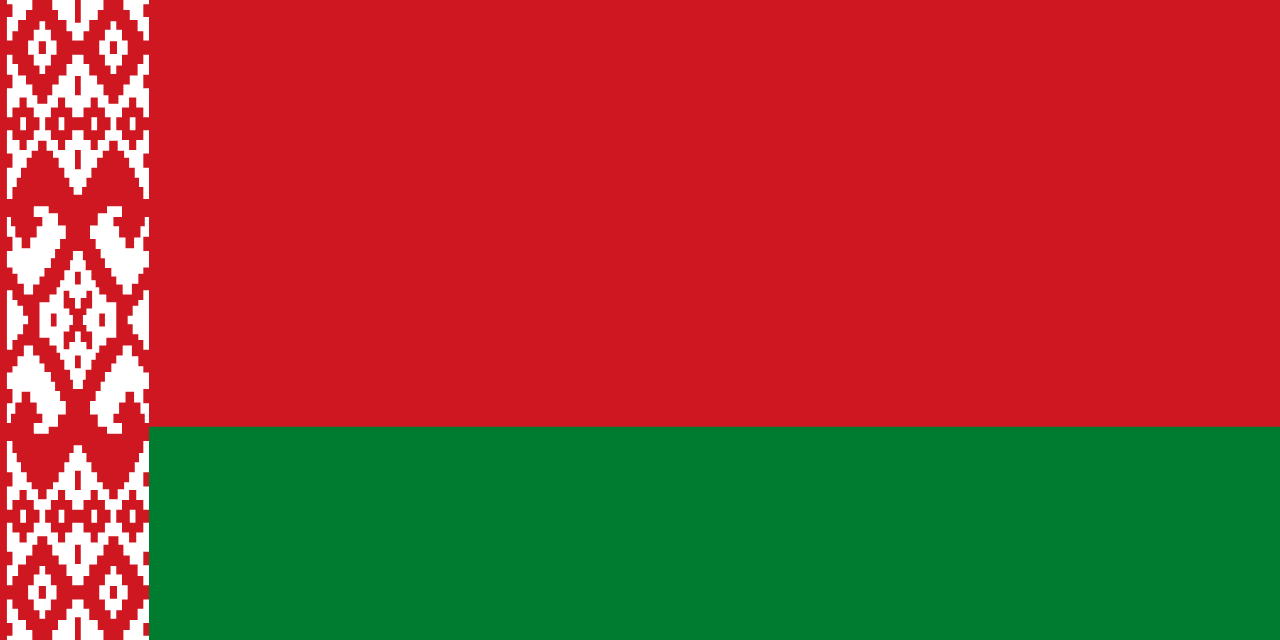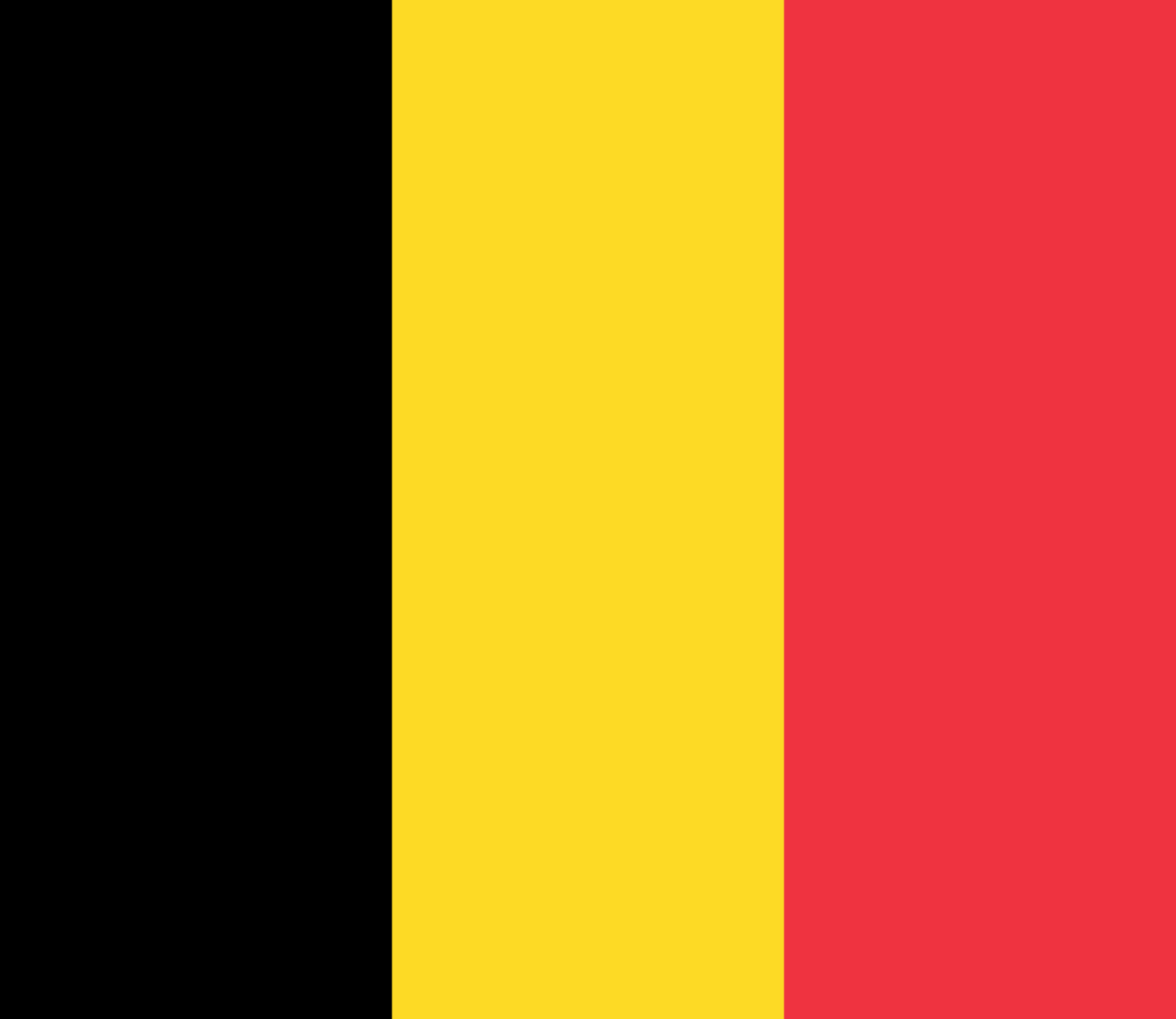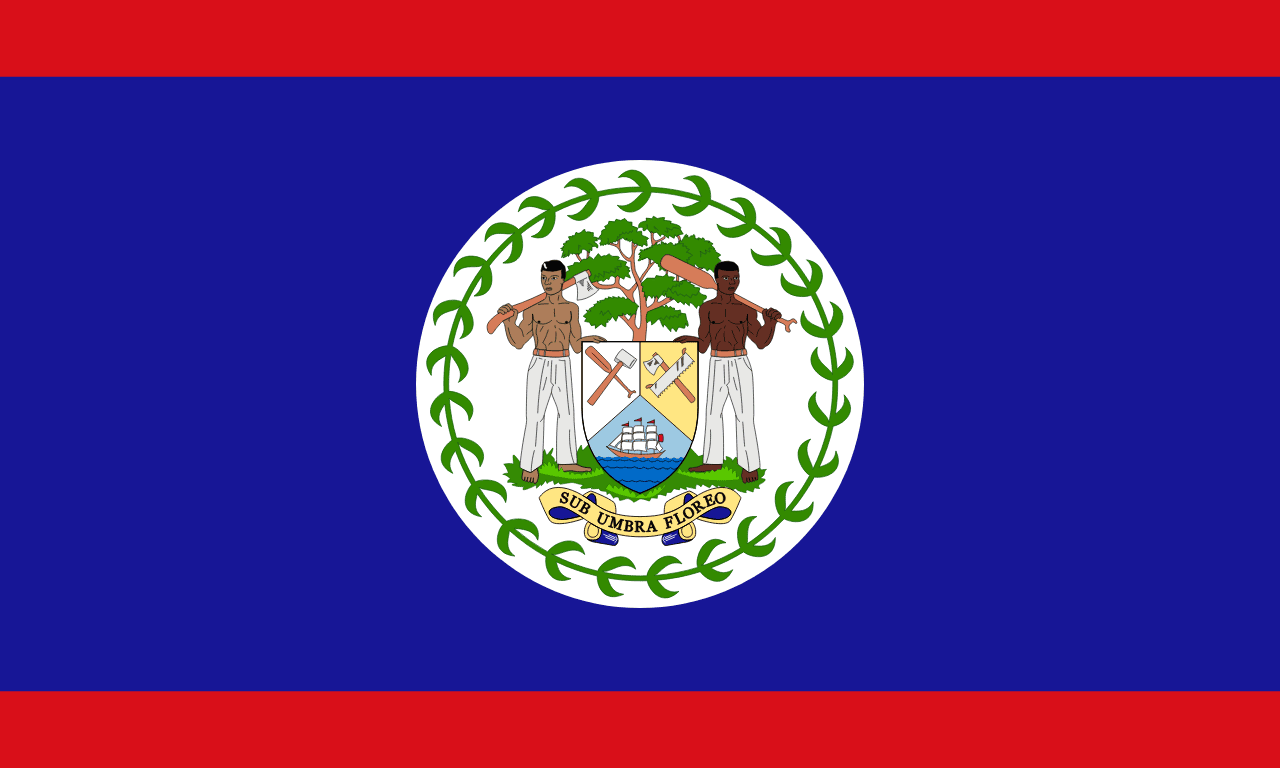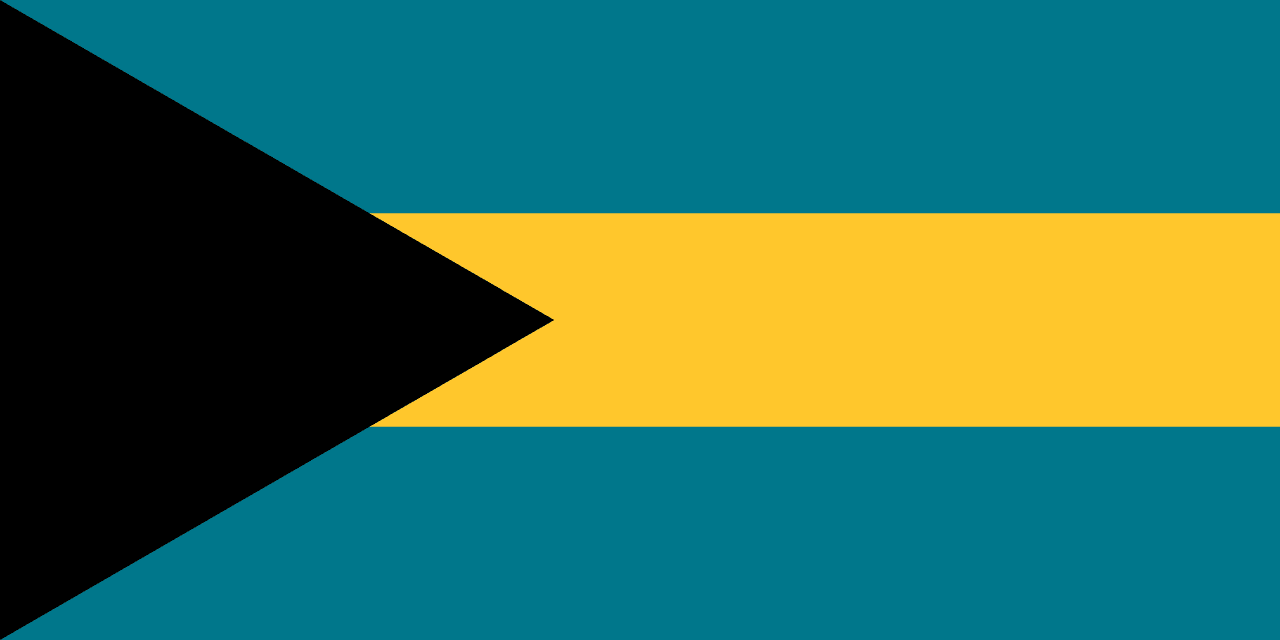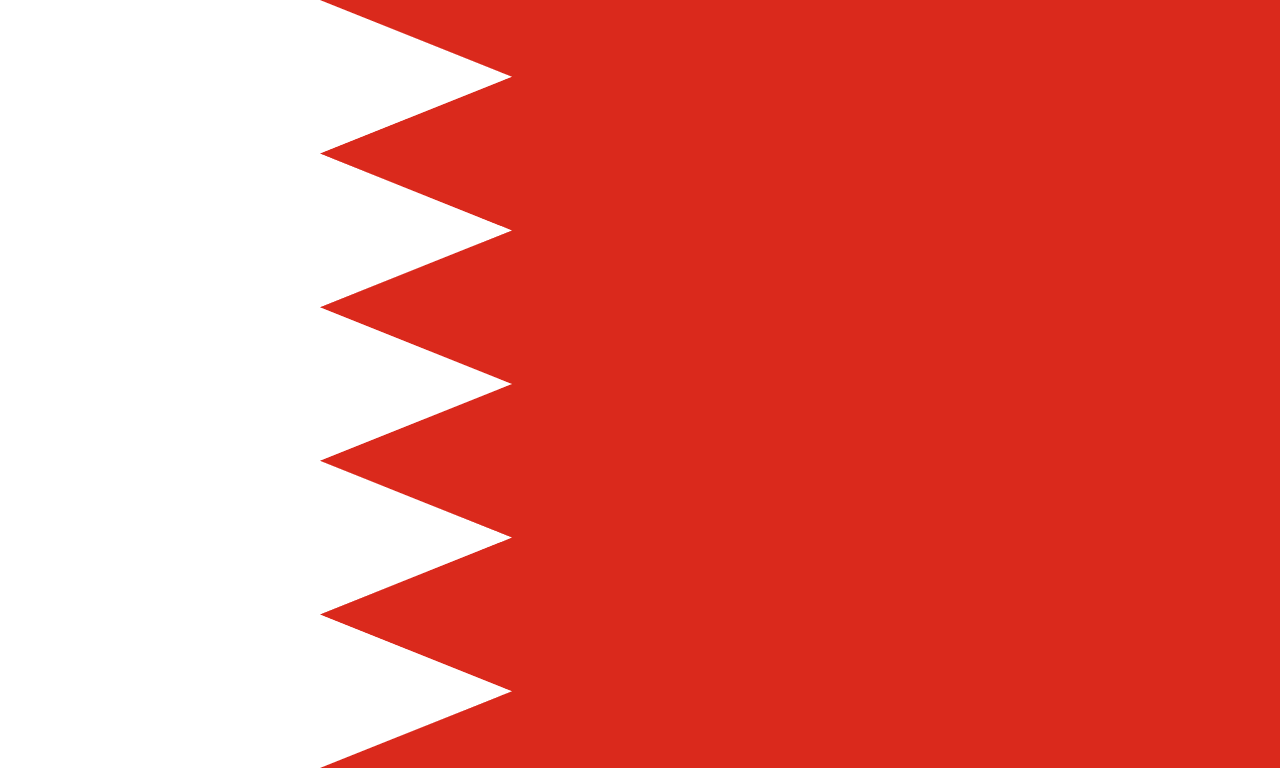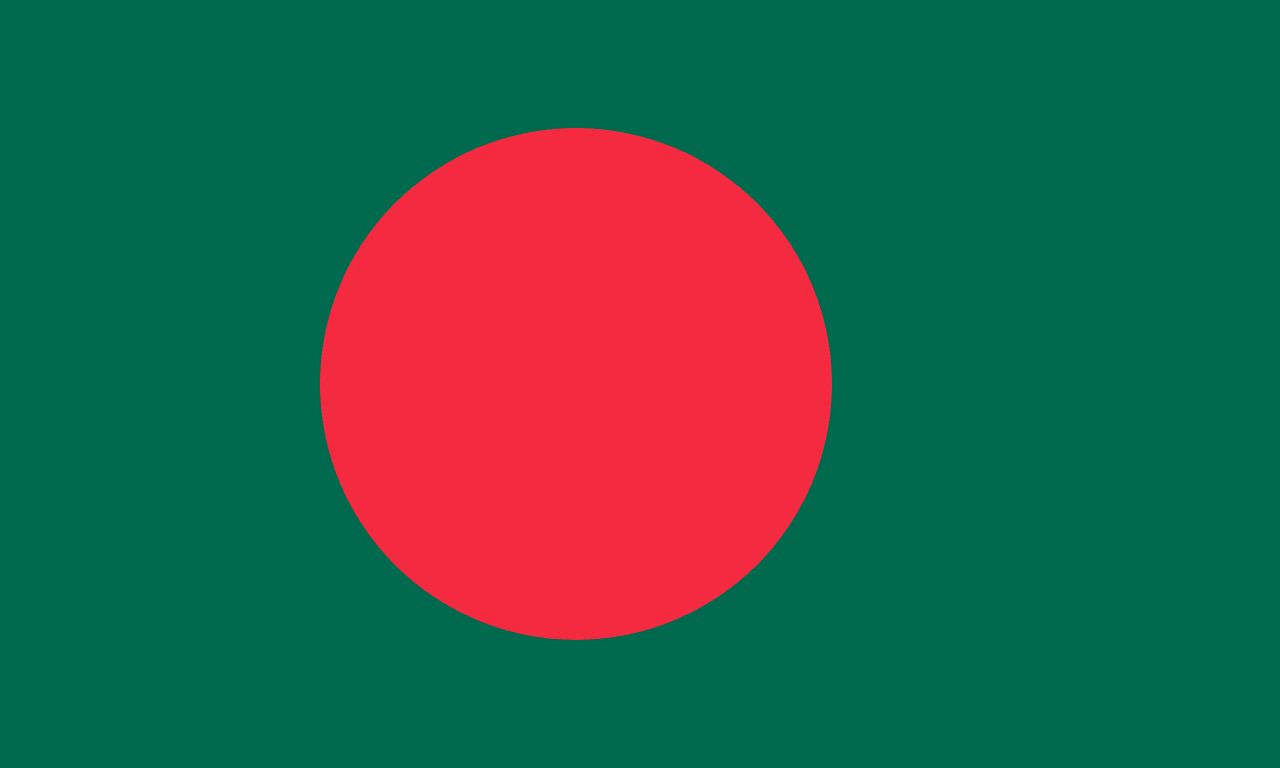The flag of Barbados consists of three vertical bands of ultramarine, gold, and ultramarine, with a black trident head centered in the gold band. This striking design encapsulates the nation's natural beauty, historical journey, and cultural identity.
Barbados information
| National Flag Day | November 30th |
| Sovereign state | Yes |
| Official name | Barbados |
| Capital | Bridgetown |
| Population | 287,375 |
| Area | 430 km² |
| Currency | Barbadian dollar (BBD) |
| Language | English |
| Continent | North America |
| Region | Caribbean |
| Subregion | Lesser Antilles |
| Borders | — |
| Timezone | Atlantic Standard Time (AST) UTC-4 |
| Calling code | +1-246 |
| Top-level domain | .bb |
History of the Barbadian Flag
 Adopted on November 30, 1966, upon Barbados' independence from the United Kingdom, the flag was the result of a nationwide design competition. Grantley W. Prescod, an art teacher, created the winning design, which was chosen from over 1,000 entries. The flag's adoption marked a significant moment in Barbadian history, symbolizing the island's transition from a British colony to an independent nation.
Adopted on November 30, 1966, upon Barbados' independence from the United Kingdom, the flag was the result of a nationwide design competition. Grantley W. Prescod, an art teacher, created the winning design, which was chosen from over 1,000 entries. The flag's adoption marked a significant moment in Barbadian history, symbolizing the island's transition from a British colony to an independent nation.
Prior to independence, Barbados used the British Blue Ensign with the colony's badge. The new flag represented a clean break from colonial symbols while still acknowledging the island's heritage.
Symbolism and Design of the Barbadian Flag
Each element of the Barbadian flag holds deep significance:
- The ultramarine bands represent the Caribbean Sea and the sky, emphasizing Barbados' island nature and its connection to the surrounding waters.
- The gold band symbolizes the sandy beaches that are crucial to the island's beauty and tourism industry. It also represents the prosperity and potential of the nation.
- The black trident head, centered in the gold band, is a powerful symbol with multiple meanings:
- It represents the god Neptune, emphasizing Barbados' connection to the sea.
- The trident's three points symbolize the principles of democracy: government of, for, and by the people.
- Its broken shaft (not visible on the flag but part of the symbolism) represents Barbados breaking away from its colonial past.
Evolution and Specifications of the Barbadian Flag
The flag's design has remained unchanged since its adoption, reflecting its enduring significance. Some key specifications include:
- The flag's proportion is 2:3, a common ratio for national flags.
- The exact shade of ultramarine is specified to ensure consistency in reproduction.
- The trident's design is stylized and simplified for clear visibility even at a distance.
Usage and Significance of the Barbadian Flag
 The flag of Barbados is a powerful symbol of national pride, unity, and independence. It is prominently displayed on government buildings, schools, and public institutions throughout the island. During national holidays, particularly Independence Day on November 30th, the flag takes center stage in celebrations across the country.
The flag of Barbados is a powerful symbol of national pride, unity, and independence. It is prominently displayed on government buildings, schools, and public institutions throughout the island. During national holidays, particularly Independence Day on November 30th, the flag takes center stage in celebrations across the country.
In international contexts, the Barbadian flag represents the nation at diplomatic events, United Nations gatherings, and global sporting competitions. It serves as a visual ambassador, instantly recognizable and respected worldwide, embodying Barbados' sovereignty and cultural heritage.
Interesting Facts About the Barbadian Flag
- The trident symbol is so integral to Barbadian identity that it's featured on the country's coat of arms and various official emblems.
- Barbados has a National Flag Code that outlines proper etiquette for displaying and handling the flag, emphasizing its importance in national life.
- The flag's design influenced the creation of the Barbados Dollar currency symbol, which incorporates a trident.
- In 2021, as Barbados transitioned to a republic, there were discussions about potentially changing the flag, but it was ultimately retained as a symbol of continuity and national identity.
- The flag is sometimes referred to as "The Broken Trident," alluding to the symbolism of breaking free from colonial rule.
- Barbadian law prohibits the use of the national flag for commercial purposes without official permission, protecting its dignified status.
